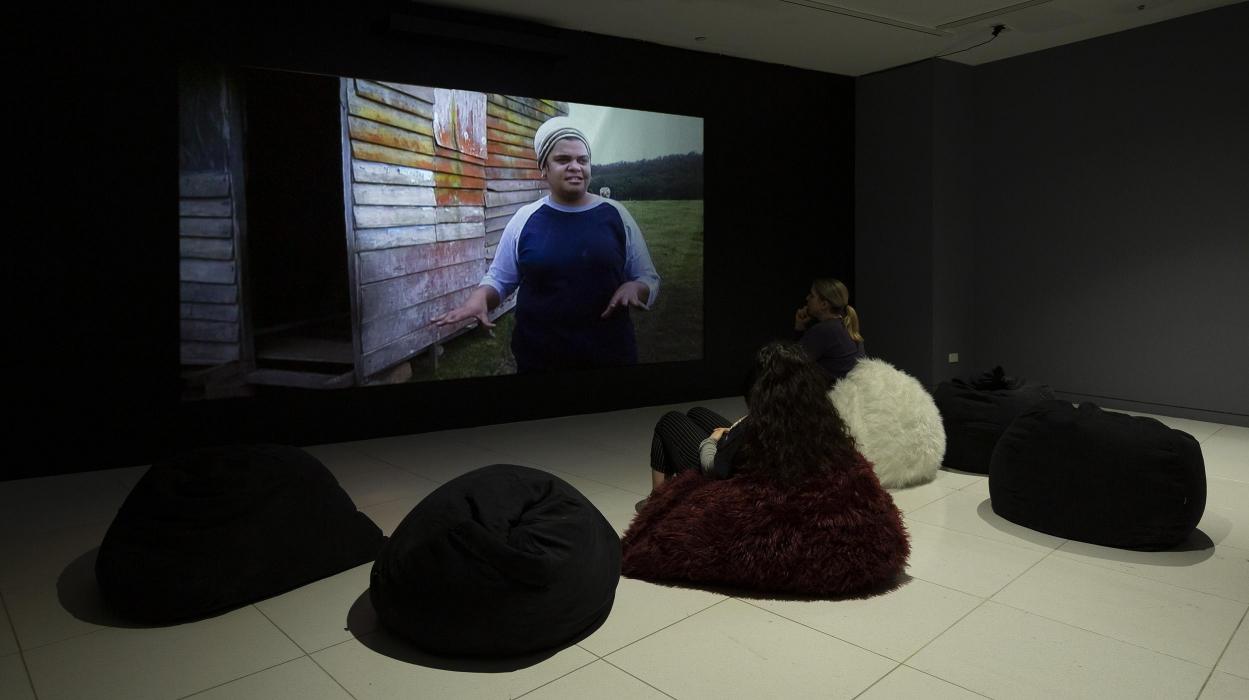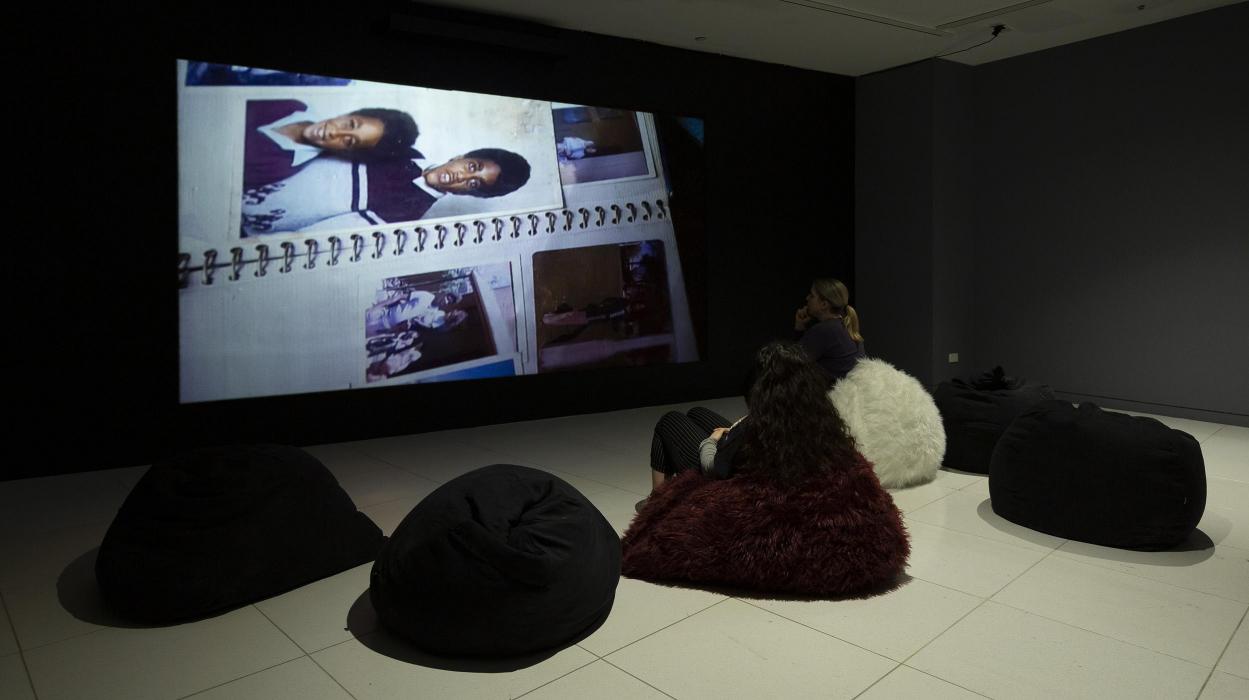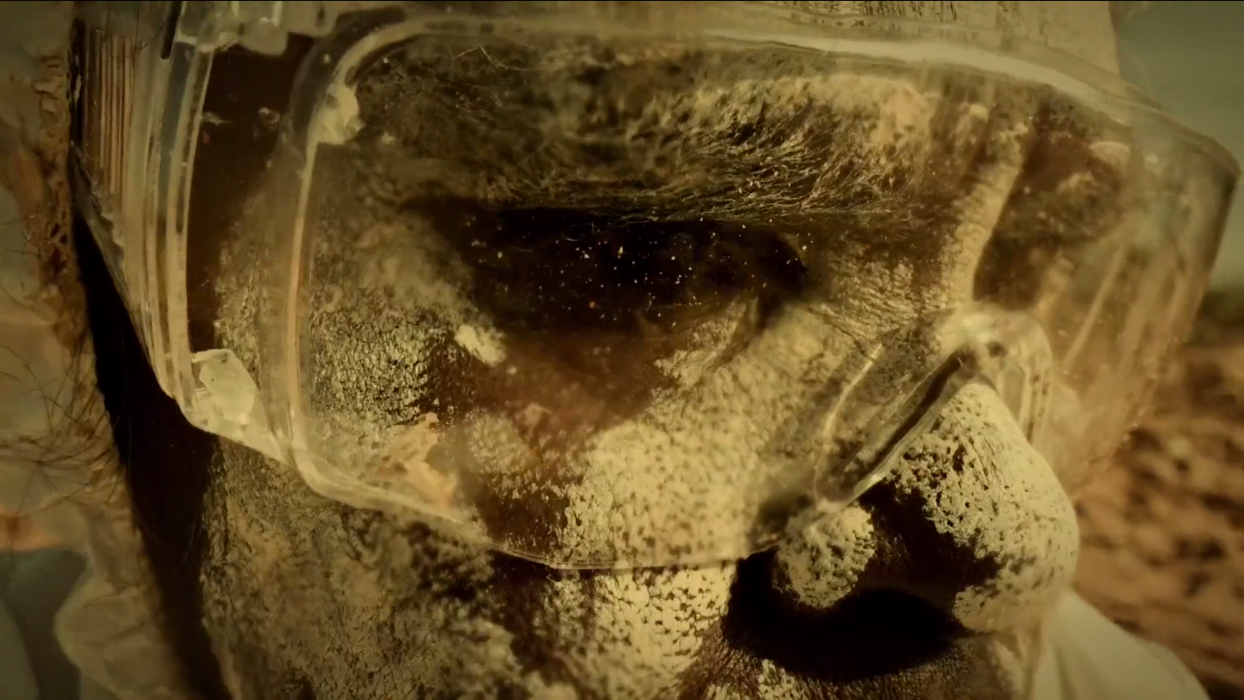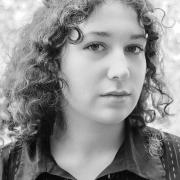Memory Mixtape
The selection of films that make up Memory Mixtape, curated by Neika Lehman (Trawlwoolway), speaks to our Aboriginal imagination. The films are presented in conjunction with Birraranga’s Koorie Heritage Trust exhibition They Shield Us, curated by Kate Ten Buuren, displaying pieces from the Koorie Trust’s collection alongside new works. Rusted barbwire high heels and woven tapestries celebrate Blak women. They Shield Us melds old and new in a vibration of memory and experience that continues through to the cinema at the back of the exhibition. Memory Mixtape is a playlist of cinema running organically; speaking to themes of adolescents and personhood. In successional order the films run, A Walk with Words: The Poetry of Romaine Moreton (2000), The Secrets of Pecan Summer (2017), The Mermaids, or Aiden in Wonderland (2018), Lament (2013), Wawi (2014), Women of the Sun, episode 1 (1981), Women of the Sun… 25 years on (2006), Crime scene, 2019, Black Man’s Houses (1992) and Confessions of a Headhunter (2000). Exploring a vast reservoir of shared experience, Neika has curated ten films highlighting the inspiring creativity of Aboriginal women in particular.
The ground-breaking 1981 mini-series Women of the Sun depicts life before invasion and after. The pre-invasion episode of the television mini-series is the one included in Memory Mixtape, corresponding to the cinematic landscape of the Karrabing Film Collective’s sci-fi short Mermaids. Interwoven into this viewing experience are more documentary style films, such as The Secrets of Pecan Summer and Women of the Sun … 25 years on, and Black Man’s Houses. It became apparent after watching the films in succession, that Mixtape is a narrative of complex identity and personhood—as though each film had informed one another. The action of inserting a sci-fi short after two behind-the-scene type films, asks the audience to consider the work and emotional labour that goes into giving our stories life. The back catalogue of artists like Deborah Cheetham and Dr Romaine Moreton demonstrates the scope of being a Blakfulla living in colonised place; this allows Mermaids to be understood as a story within a complex background of Blak creativity. The brilliance of imagination and creativity of Mob is often overshone by the systemic oppression and colonisation of our people, and can be said to be one of the contributing factors in the rise of Blak futurism as a genre. As an audience Blakfullas no longer want to see the heartbreaks and sadness of our destruction overshadowing our survival and continuing connection to Country.
The Karrabing Film Collective are behind one of the standouts of Memory Mixtape that sees the toxic landscape poisoned by capitalism. At 27 minutes, The Mermaids, or Aiden in Wonderland is a hallucinatory glitched sci-fi tale using the current day as a post apocalyptic landscape, where the now toxic environment affects only Whitefullas. While little theoretical writing can be found on the collective, a retrospective of their work was shown at MOMA this year as they have garnered international attention. The short uses the history of forced removal of children from Aboriginal communities, a reality that is still endured. It’s a reality that the production company, like most Mob, have dealt with personally. However the story of Aiden takes the power from the viewer and positions it with filmmaker. Positioning such themes within creative endeavours means that the sadness is not for the audience to feel, but for the Karrabing collective to heal and grow in an endeavour that allows self regulated proximity to subject matter and a safe space to heal. The driving force is Aiden, the boy who the film follows as he travels with his father and brother, confronting two possible futures and pasts. This blending of possible futures and questioning of what survival may look like pulls a lot of the Memory Mixtape’s films together. In the succeeding films Lament and Wawi, it seems both films are set in particular periods, one before invasion and one just after the dawn of colonisation. There is a strong sense that time exists as a memory to inform our current sense of being. The genre of sci-fi allows us, as creators, the freedom to control how much reality is portrayed—which is possibly the reason why Blak futurism is gaining so much interest.
The curatorial action to include only the first episode of Women of the Sun followed by the 25 Years On film is a significant one. Yes, the mini-series was a ground breaking television series in 1981, it was the first time Aboriginal language had been heard on Australian primetime TV and although the dialogue was translated by Mob from the Yirrkala and Gapuwiya communities, the fact remains this story is from the perspective of a non-Indigenous person. Whilst the 25 Years On documentary reveals producer of the film Bob Weis to be welcomed by the communities, one can’t help but feel the romantic pull of the pre-colonised world. I often wonder about the fact that we don’t have a ‘koori cool girl’ movie. On screen we identify more with African American characters than the ones presented by true blue Australian cinema. With the imprisonment rate of Indigenous Australians higher than that of African Americans, the physical, mental and spiritual struggles of imprisonment are commonalities in both perspectives. I hadn’t realised until experiencing Mixtape that I wanted to see the coolness and sexiness of my people in a cinematic context.
Memory Mixtape provides fodder for an Aboriginal personhood, from the close proximity of Black Man’s Houses to Neika’s family history, to the universal themes of Confessions of a Headhunter. The television and film we watch growing up can be incredibly defining, the faces and stories that we watch on screen become a mirror to the world beyond small hands. The cartoons I watched were Aboriginal, whenever a Blakfulla had something to say on screen the house was quiet and the volume turned up. Seeing Mob on screen is incredibly important to the progress of ‘Australian’ cinema.

-itok=wZwcreRz.png)


-itok=ftew-Fhc.png)

